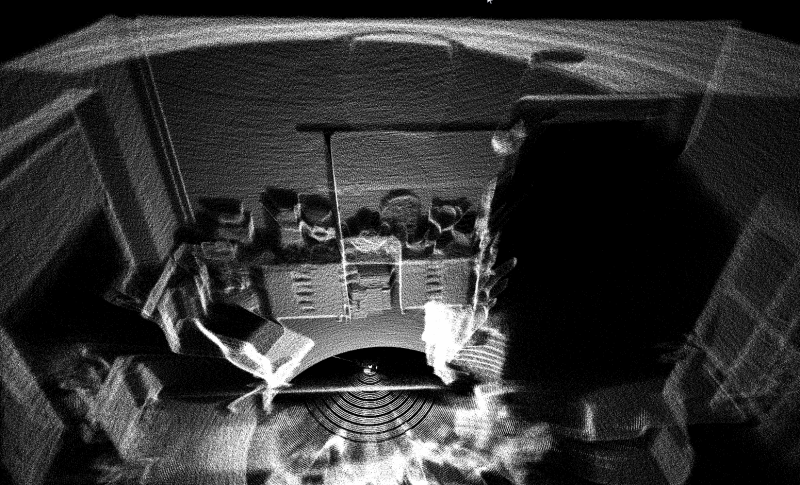20
A lighthouse beams light out to make itself and its shoreline visible. [Daniel’s] lighthouse has the opposite function, using lasers to map out the area around itself. Using an Arduino and a ToF sensor, the concept is relatively simple. However, connecting to something that rotates 360 degrees is always a challenge.
The lighthouse is inexpensive — about $40 — and small. Small enough, in fact, to mount on top of a robot, which would give you great situational awareness on a robot big enough to support it. You can see the device in action in the video below.
This lighthouse uses a common solution to the rotating connection problem: a slip ring. While these are mechanical, commercial units can be relatively reliable. To route all the signals, the slip ring needs six wire capsules meaning there are six wires that logically pass through the rotating part. The drive motor spins at 60 RPM, but there are two sensors 180 degrees apart to double the scanning rate. The 3D printed housing uses PLA and looks great.
Of course, the real trick will be using all this data meaningfully in your robot or whatever is listening to the lighthouse. That, however, is a different topic. If you think two ToF sensors are good, why not try three?



